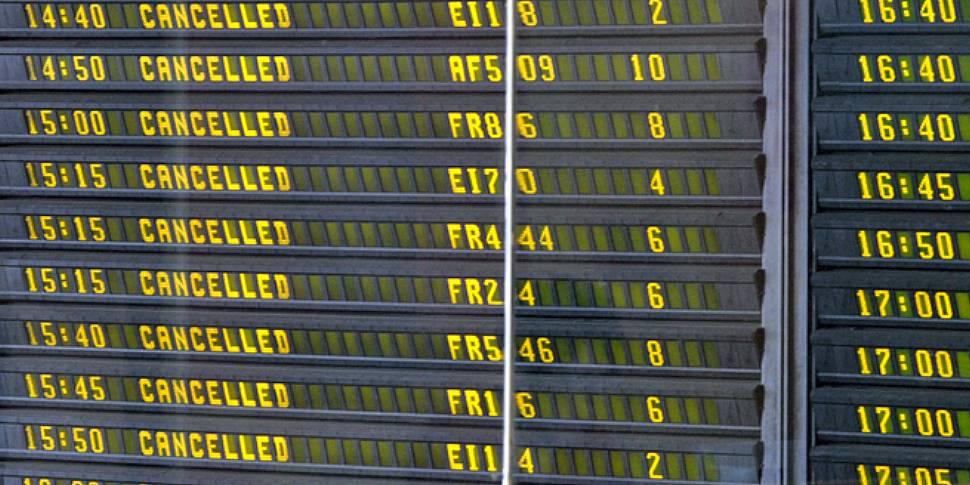An investigation is under way into why Britain's air traffic control system malfunctioned for the second time in two years, causing transport chaos for thousands of people.
The focus of the probe will be hardware and software connected to the flight data system, which is believed to control the flight plans of the planes. The company has ruled out a power outage as the cause, however.
Air traffic control service NATS said: "Following a technical fault with the flight data system used by air traffic controllers at Swanwick, NATS can confirm that the system has been restored to full operational capability and a thorough investigation is continuing, to identify the root cause."
"Although operational restrictions applied during the failure have been lifted, it will take time for flight operations across the UK to fully recover."
More than 300 flights were cancelled or delayed after a computer failure at NATS headquarters in Swanwick, Hampshire, on Friday afternoon.
By Saturday morning, timetables were returning to normal, although Heathrow said 38 flights had been cancelled before 9:30am and Gatwick Airport cancelling a handful of flights.
Irish airports are still experiencing some knock-on effects to flights today.
London ATC systems have been restored some delays expected. Passengers advised to consult their airline BEFORE coming to @dublinairport
— Dublin Airport (@DublinAirport) December 12, 2014
Operating at full capacity
Friday night's problems came just over a year after hundreds of flights were affected when problems arose with a telephone system at NATS in early December 2013.
There were reports passengers on some flights were unable to collect their luggage and were told that it would be sent on to them by courier.
Other UK airports where travellers suffered delays on Friday included Manchester, Birmingham, Stansted and Luton, but airports as far north as Aberdeen and Edinburgh were affected.
The British Transport Secretary Patrick McLoughlin said the disruption was unacceptable.
He said: "Disruption on this scale is simply unacceptable and I have asked NATS for a full explanation of this evening's incident. I also want to know what steps will be taken to prevent this happening again."
Experts said part of the problem was that the system is operating at full capacity and anything that goes wrong has a huge impact.
Professor Martyn Thomas, visiting professor of Software Engineering at the University of Oxford, said: "Some of NATS' computer systems are very old - the National Airspace System that performs flight data processing is software that dates from the 1960s."
"Interfacing new systems to this old software can create difficulties."
Air traffic control safety expert Philip Butterworth-Hayes said: "Swanwick...has an incredibly complicated, customised software system, where you have to upgrade things all the time. A small upgrade can cause all sorts of problems.
"The issue we have in the UK, especially in the south eastern UK, is there's very little spare capacity, because the system is running at such high rates, it only needs a small little glitch to create a large problem."









